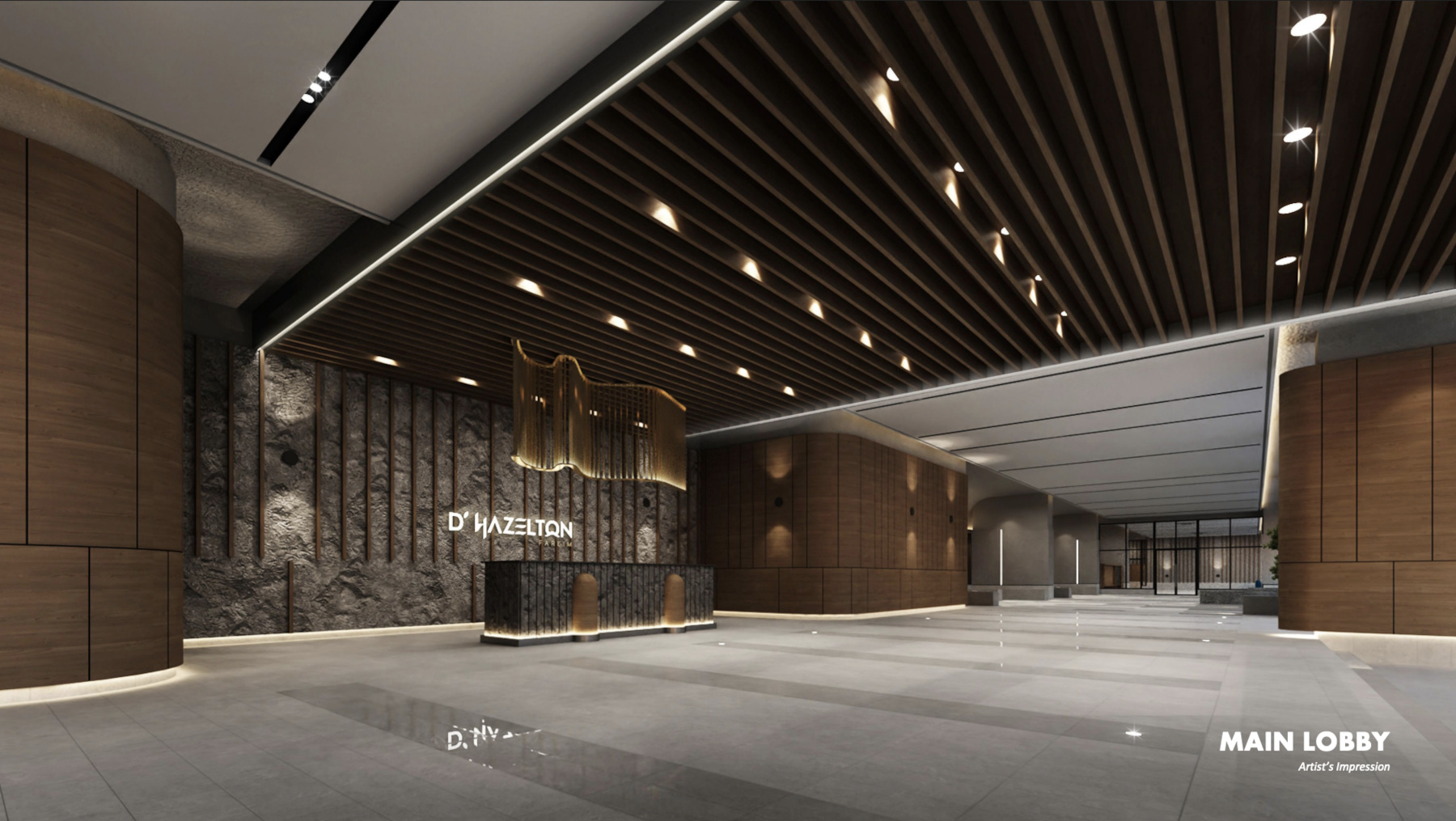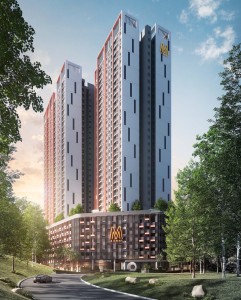Guaranteed Rental Returns (GRR): The Illusion and The Reality
So, you’ve probably seen those property ads promising a dreamy “Guaranteed Rental Return” (or GRR for short). They’re everywhere. The deal sounds sweet: buy a place, and the developer promises to pay you a steady 5% to 10% return every year. No tenant headaches, no landlord drama—just easy, passive income. Especially for first-time investors, it’s a seriously tempting offer.
But before you get swept up in the glossy brochures and smooth sales talk, let’s pull back the curtain. The reality of these schemes is a lot more complicated and risky than it seems.
That “Guarantee” Isn’t What You Think
Here’s the first big red flag: that “guarantee” isn’t legally protected like your main property contract is. If things go south, you can’t just go to the housing tribunal. You’re looking at a messy and expensive lawsuit in civil court.
And the company promising you all this money? It’s often not the big, stable developer you’re buying from. It’s usually a tiny side company with barely any money to its name. If the scheme fails, that little company can just vanish into thin air, and you’ll be left holding the bag.
The Fine Print is Full of Tricks
Even if you do get your payments, there’s a catch. That “guaranteed” money isn’t a gift—it’s already baked into your purchase price. You’re basically paying a premium for your own money back.
Plus, those contracts are often loaded with sneaky clauses that let the company cancel the whole deal with very little notice. On top of your mortgage, you might also be stuck paying for mandatory fancy furniture packages or high maintenance fees.
What Happens When the Music Stops?
After the guaranteed period ends (usually 2-5 years), the party’s over. Suddenly, every single unit in your building hits the rental market at the same time. With so much supply, rental prices crash. And good luck selling—new buyers will know the original price was inflated, so your property’s value takes a nosedive. The developer, having fulfilled their promise, has zero reason to help you find a tenant.
We’ve Seen This Movie Before in Malaysia
The Arc @ Cyberjaya is a famous example of a GRR scheme failure. Buyers were promised a guaranteed 8% annual return for up to 25 years. However, the payments stopped very quickly, often within the first year. The company behind the guarantee was a separate entity with no money, making legal action pointless. Owners were suddenly stuck with mortgage payments for empty units in an oversaturated market, causing property values to crash and resulting in major financial losses for investors.
The lesson from these stories? If it sounds too good to be true, it almost always is.
The Bottom Line for Buyers
Don’t let a flashy “guarantee” blind you. Do your homework:
- Check who’s backing the guarantee. Is it a reputable company with real money, or just a flimsy shell company?
- Get a lawyer to read every single line of that contract before you sign anything.
- Compare the promised yield to what similar properties actually rent for in the open market. Is it realistic?
- Ask yourself the most important question: “Would I still buy this property if the guarantee didn’t exist?”
If the answer is no, then walk away. A real investment should stand on its own two feet, not on a shaky promise.
– Ken Lim
(Founder, PenangPropertyTalk.com)












